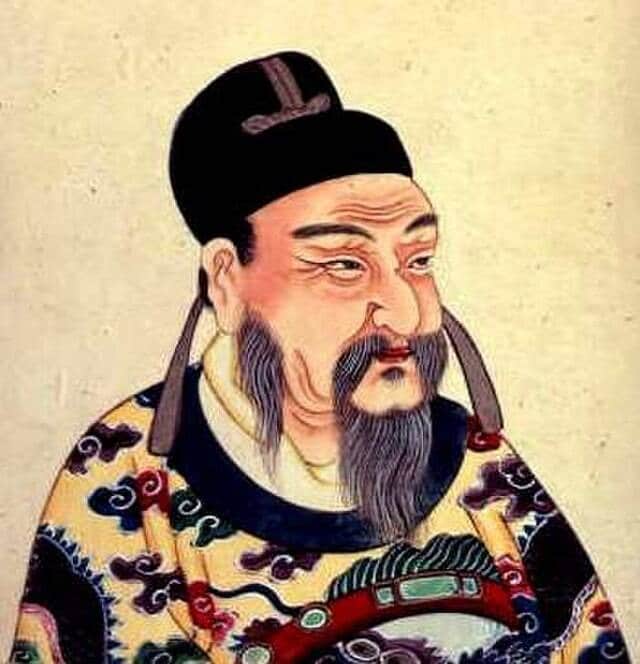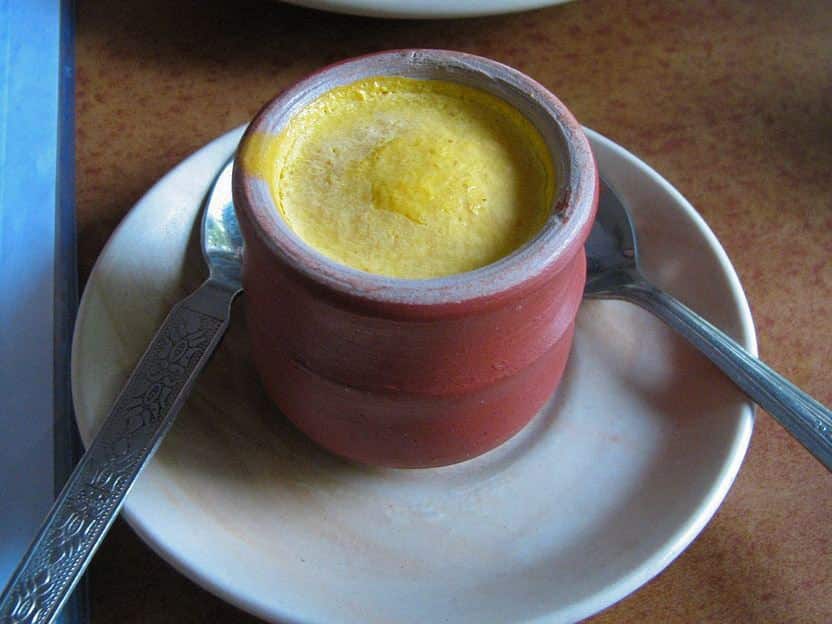The Sweet Origins Of Ice Cream: Who Invented The World’s Beloved Treat?
Across the globe, ice cream has become a beloved treat. From children eagerly waiting for ice cream trucks on hot summer days to the heartbroken reaching for a pint to soothe heartache, this frozen delight is now a staple in our lives.
Yet, we often overlook the question: Who invented ice cream? The creation of ice cream wasn’t the result of a single moment but rather an evolution over centuries.
Its journey from ancient ice and milk mixtures to the diverse range of flavors and styles we enjoy today is a tale of gradual development and cultural exchange.
As we savor our ice cream cones and milkshakes, it’s worth reflecting on the rich history behind this global favorite and how it came to be the treat we cherish so much.
Chinese enjoyed an early version of ice cream

Most sources appear to believe that the first “ice cream” traces back to ancient China, around 200 BCE. According to sources like the BBC and Reader’s Digest, people in China enjoyed a primitive form of ice cream made from a mix of ice, rice, and milk.
Wassberg Johnson notes, “Around 200 BCE, there’s a reference to people in China eating [a combination of] milk and rice that was frozen in the snow.”
By the time of the Tang Dynasty (618-907 A.D.), ice cream-like treats were becoming more refined. The emperors of this era enjoyed a dessert made by combining milk with camphor, a fragrant substance, and then freezing it.
This suggests that early ice cream was indeed a Chinese innovation.
Persians had an ice cream-like dessert called “sharbat”
By the 11th century, ancient Persia saw the advent of a dessert reminiscent of modern ice cream, known as “sharbat.”
PBS notes that this icy treat was often flavored with cherry, pomegranate, or quince. Wassberg Johnson explains to Reader’s Digest that “sharbat” is likely the linguistic ancestor of the term “sherbet,” reflecting its close relation to ice cream.

In the 11th century, ancient Persians began crafting a dessert similar to ice cream called “sharbat.” This frozen treat, as noted by PBS, was often flavored with fruits such as cherry, pomegranate, or quince.
Wassberg Johnson explained to Reader’s Digest that “sharbat” is “probably the closest ancestor, at least linguistically, to ice cream, and where the word ‘sherbet’ comes from.”
In the Islamic world, chilled drinks like “sherbet,” a sweetened, snow-cooled beverage, were popular.
Another notable Persian treat from this era was faloodeh, which featured vermicelli noodles in a chilled syrup. Meanwhile, in India, Mughal emperors enjoyed kulfi, an early form of ice cream made from condensed milk frozen in molds.
Both the Persian and Indian desserts emerged around the same time as early European frozen sherbets.
Ice cream reached European territories

The concept of frozen desserts gradually made its way from the Middle East to Europe, likely influenced by the Crusades and explorers like Marco Polo.
The trend quickly spread across Europe when Catherine de’ Medici, who married King Henry II of France in 1533, brought the frozen treat to the French court. By the 17th century, Italian Antonio Latini was the first to record a recipe for sorbetto, or sorbet.
Italian ice cream influence was strong in the 1620s, with ice creams featured at European banquets by the mid-17th century. By 1672, Elias Ashmole recorded that King Charles II had been served “one plate of ice cream.”
Antonio Latini’s 1694 recipe for milk sorbet with candied pumpkin was an early example of this evolving dessert.

Later, in 1686, Sicilian Francesco Procopio dei Coltelli opened Café Procope in Paris, serving a blend of frozen milk, cream, butter, and eggs—what we now recognize as gelato.
By the 18th century, England joined the ice cream trend, with the first recipe appearing in an English cookbook in 1718.
Ice cream came to North America

The early 18th century saw one of the first North American mentions of ice cream in 1744. It was described as a delightful treat enjoyed with strawberries and milk, served by the lady of Governor Bland.
While the exact person who first brought ice cream to the United States remains unknown, by the colonial era, ice cream had become a popular treat in cities like New York.
Historical figures such as Ben Franklin, George Washington, and Thomas Jefferson were known for their fondness for ice cream. Records from 1790 show that George Washington spent around $200 on ice cream that summer and Thomas Jefferson had an elaborate 18-step recipe for it.

Though Jefferson did not introduce ice cream to America, he played a role in popularizing vanilla ice cream. Additionally, First Lady Dolley Madison served ice cream at President James Madison’s Inaugural Ball in 1813.
The 1840s saw significant advancements in ice cream-making technology with the invention of hand-cranked ice cream freezers. Agnes Marshall in England and Nancy Johnson in America were pioneers in this development, making it easier to enjoy this frozen treat at home.
How ice cream became the dessert we cherish today

By the mid-18th century, ice cream had become accessible to ordinary people in the Mediterranean region.
The dessert gained popularity and affordability in England thanks to Swiss émigré Carlo Gatti. In 1851, Gatti set up the first ice cream stand outside Charing Cross station, selling scoops for just one penny.
Before this, ice cream was a luxury reserved for those with access to ice houses. Gatti’s innovative use of an ‘ice well’ to store ice from Regent’s Canal and his later importation of ice from Norway allowed him to broaden his business and make ice cream more widely available.

In New Zealand, ice cream made its debut in 1866 with a newspaper advertisement marking its arrival in Wellington.
By 1875, commercial production had begun, and ice cream quickly gained popularity throughout the country. By 2018, New Zealand was exporting ice cream with exotic flavors like matcha to cater to international markets, especially in Asia.
Agnes Marshall, dubbed the “queen of ices,” played a significant role in popularizing ice cream in England. Through her four books and public lectures, she made ice cream a fashionable middle-class treat and even proposed using liquid nitrogen to create it.
The ice cream cone, first mentioned in her 1888 cookbook, gained widespread attention at the 1904 World’s Fair in St. Louis, Missouri.

The 20th century saw ice cream become a staple treat thanks to advances in refrigeration and the growth of ice cream shops. The invention of soft ice cream, with its airy texture and lower cost, was popularized by chains like Dairy Queen and Carvel.
The emergence of “premium” brands like Ben & Jerry’s and Häagen-Dazs in the 1980s further transformed the market, offering richer and more diverse options. Today, ice cream continues to evolve, with manufacturers catering to dietary needs by producing gluten-free varieties.

